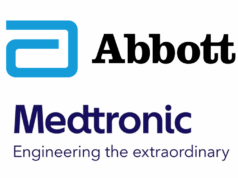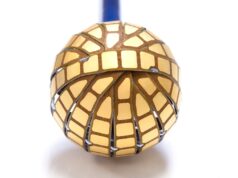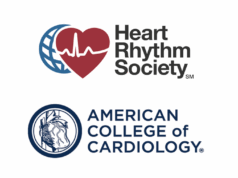A preliminary study presented at the annual meeting of the American Heart Association (AHA, 3–7 November, Los Angeles, USA) indicates that piezoelectric harvesters could be used to convert heartbeat-induced vibrations into enough electrical energy to power a cardiac implantable electronic device (CIED).
M Amin Karami, research fellow, Department of Aerospace Engineering, University of Michigan, Ann Arbor, USA, and others reported that non-linear piezoelectric harvesters (NPHs) can be used to “convert ambient vibrations into electric energy and, from vibrations in the chest, can produce power greater than the 1microWatt required for CIED function.” They added that NPHs, unlike linear harvesters which capture vibrations in a narrow frequency range, incorporate magnets that can be optimised for complex and specific frequencies.
After using echocardiography to analyse adult cardiac wall motion to estimate heartbeat-induced vibrations, Karami et al calibrated a mechanical shaker to accurately reproduce these vibrations.
They then mounted the NPHs, the dimensions of which are 27mm x 27mm (about half the size of the batteries used in standard CIEDs), onto the shaker and recorded the power output of the NPHs over 100 heartbeats over a range of heart rates.
The investigators found that NPHs generated more than 10 times the power required by a pacemaker and the NPHs were able to generate power over a wide range of heartbeats-making them superior to linear harvesters. Karami et al concluded: “The harvester generates sufficient power if the heart rate is between 20 and 600 beats per minute. This proves that the piezoelectric energy harvesters can continuously power pacemakers. Development of this technology promises to decrease size and increase longevity and functionality of CIEDs.”
Karami told Cardiac Rhythm News that he and his fellow investigators have already done animal studies to further investigate NPHs but, so far, have not implanted them into animals. He said: “The next step is full prototype development and further animal studies.”












